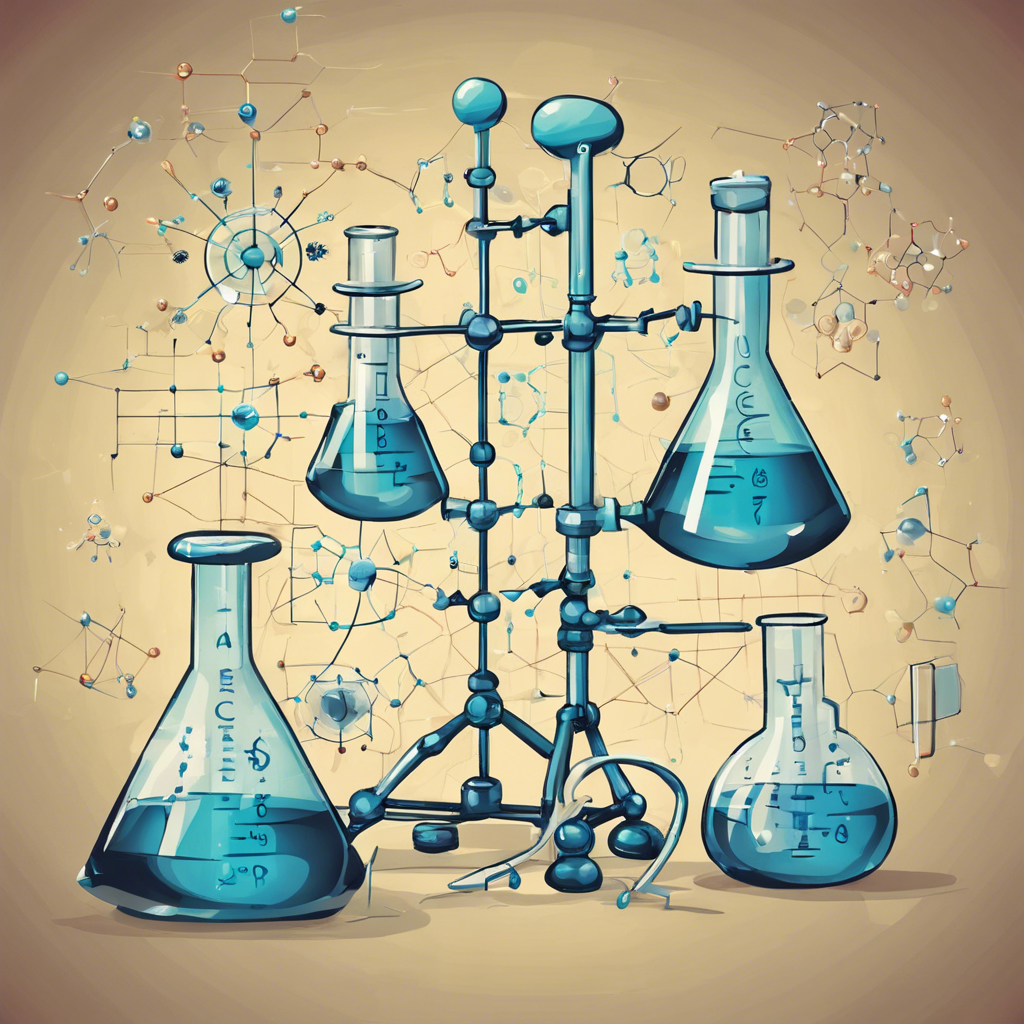North Carolina State University researchers develop a weeklong curriculum that effectively teaches high school students about color chemistry and artificial intelligence, fostering curiosity and understanding.
North Carolina State University researchers have developed an engaging and innovative high school curriculum that combines the fields of color chemistry and artificial intelligence (AI). The curriculum aims to help students grasp complex scientific concepts while sparking their curiosity about the world around them. Through a simple experiment involving pH levels and color conversion charts, students are introduced to the fascinating intersection of chemistry and AI.
Exploring pH Levels and Color Chemistry:
To test the effectiveness of the curriculum, the researchers designed an experiment using pH levels, which indicate the acidity or alkalinity of a liquid solution. pH test strips and color conversion charts were used to visually determine the pH level of various liquids, ranging from acidic to alkaline. The experiment aimed to answer the question of whether machine learning could accurately read pH strips compared to visual interpretations.
Harnessing the Power of Artificial Intelligence:
Students used their cell phone cameras to capture images of pH test strips after wetting them in everyday liquids. They then made visual predictions of the pH values. Additionally, the instructors provided test strips with known pH levels, which the students also predicted visually. The students entered their data into a machine learning software called Orange, which required no coding skills. Through machine learning, the software improved its accuracy in predicting pH levels by learning to discern subtle changes in color on the test strips.
The Power of AI Predictions:
Comparing their machine learning predictions with their visual predictions, the students found that the AI predictions were much closer to the true pH values. The student-trained AI model was approximately 5.5 times more precise than visual interpretations. This breakthrough demonstrates the potential of AI in accurately analyzing and interpreting scientific data, even in resource-limited settings.
Motivated Students and Deeper Understanding:
The researchers surveyed the students before and after the weeklong curriculum and found that the students reported increased motivation to learn and greater knowledge about both chemistry and AI. By applying cutting-edge technology to real-world problems, the students recognized the relevance and practical applications of their learning. This approach not only deepened their understanding of complex scientific concepts but also inspired them to explore innovative solutions.
Expanding the Curriculum:
The researchers believe that this curriculum can be expanded to teach other color chemistry concepts and accommodate larger groups of students. By integrating machine learning and color chemistry, educators can engage students in practical applications of science and encourage them to explore the intersection of technology and scientific advancements.
Conclusion:
The integration of color chemistry and artificial intelligence in a high school curriculum has proven to be a successful approach in teaching complex scientific concepts. The combination of hands-on experimentation, visual interpretation, and machine learning has not only enhanced students’ understanding of chemistry but also sparked their curiosity and motivation to learn. This innovative curriculum paves the way for future advancements in science education, inspiring students to explore the possibilities of cutting-edge technology in solving real-world problems.











